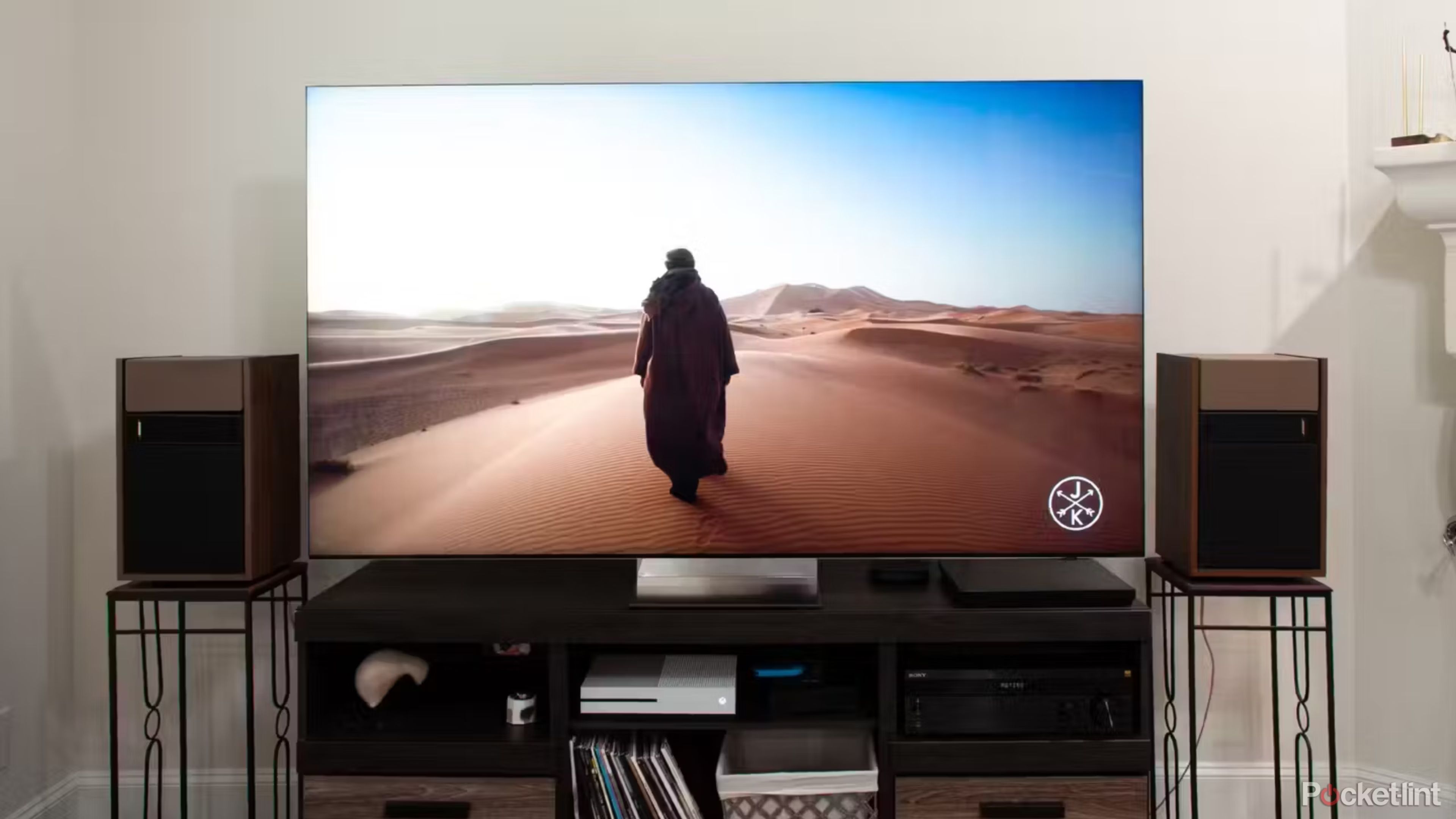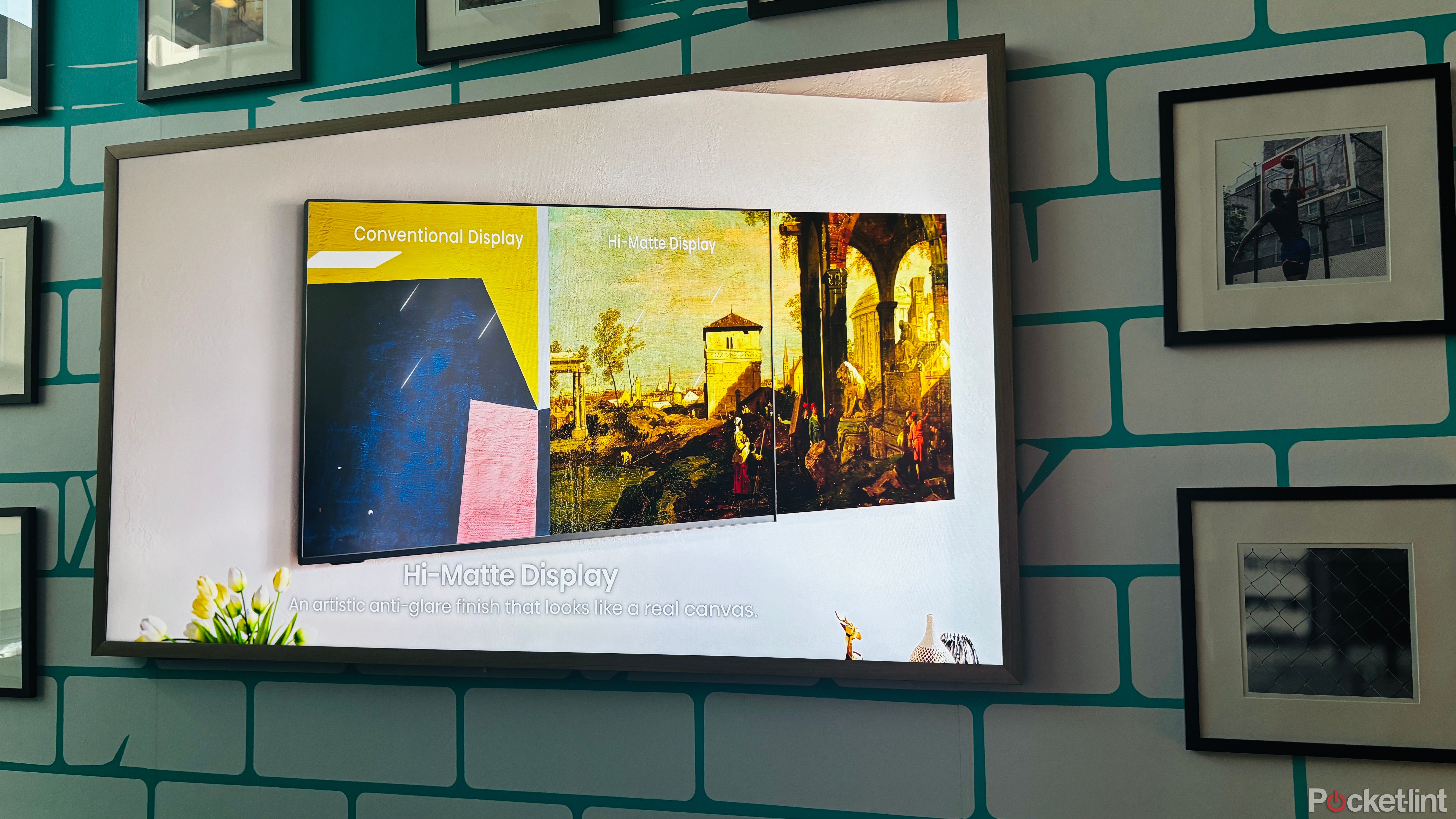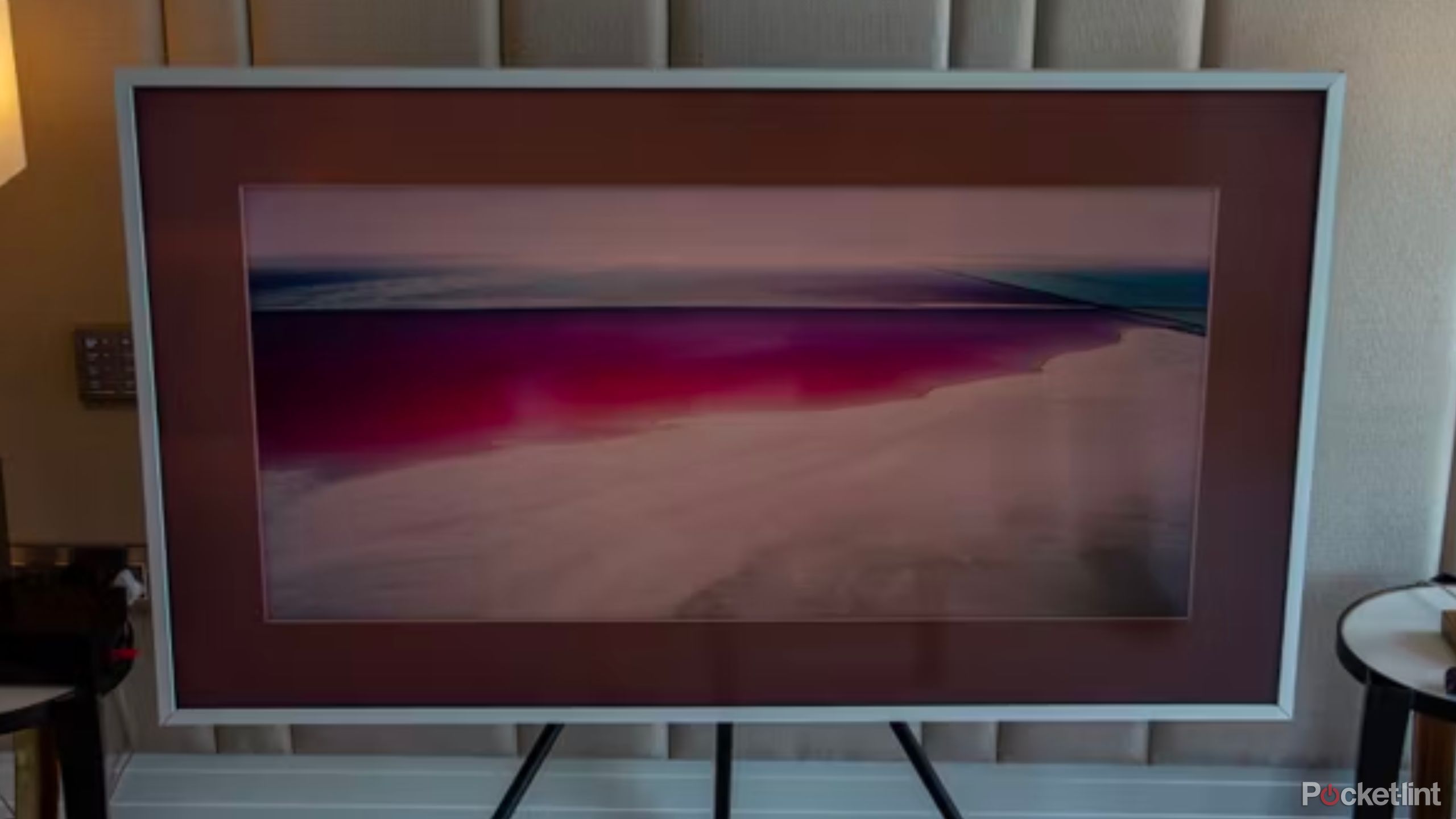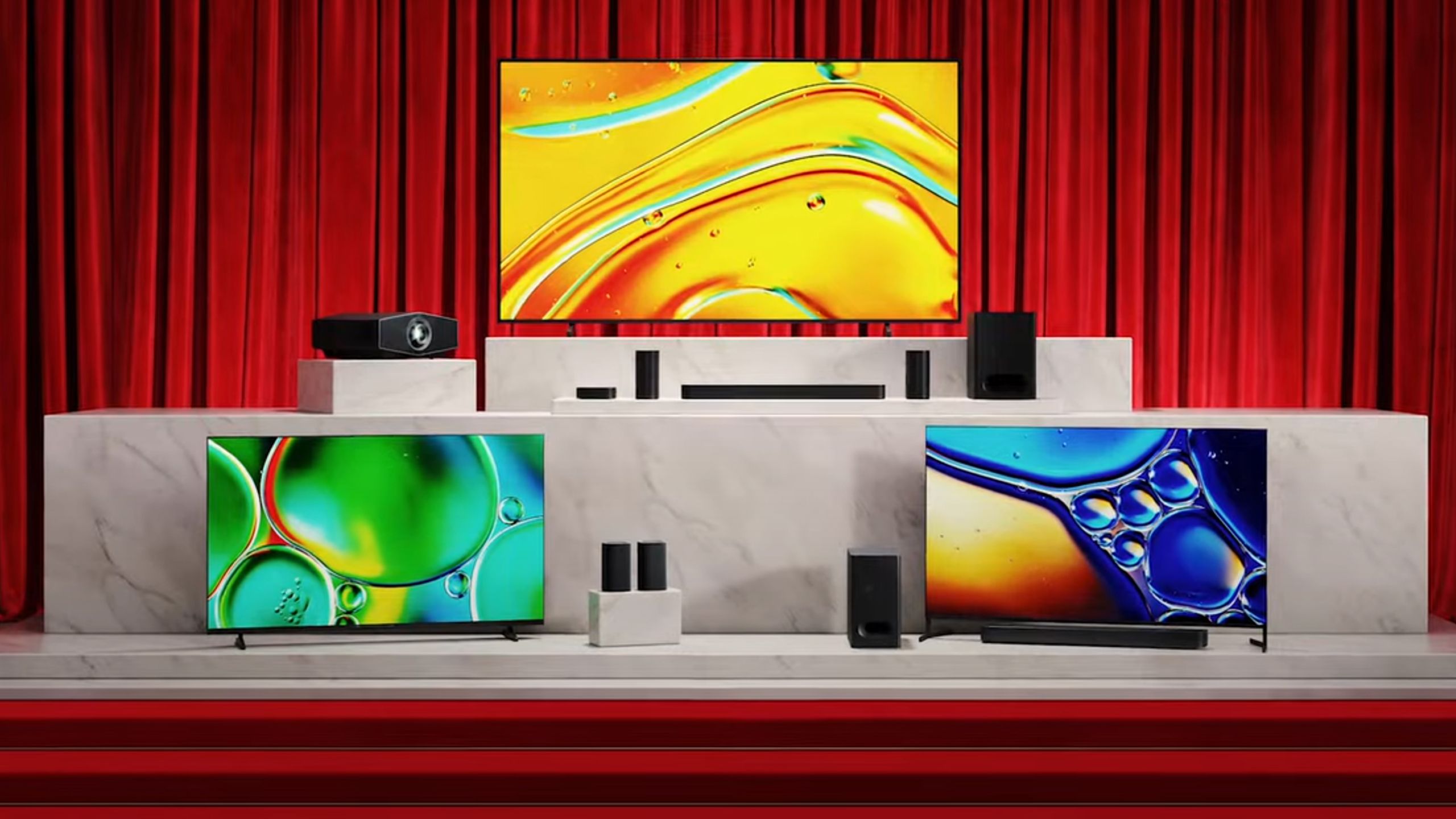Summary
- Matte screens diffuse reflections on TVs, which can be immensely helpful if there are light sources you can’t control.
- There are downsides to this though, namely reduced contrast, and possibly reduced sharpness and color.
- Glossy screens should probably be your default (for TVs) unless lighting conditions really do demand special tech.
I’ve said it before, but the TV industry is more prone than most to being sucked into feature trends. Some of these trends make sense — we’re not about to reverse course from color, stereo, or 4K resolution — yet others seem to exist separate from real-world consumer demand. As recently as a few years ago, TV makers invested a surprising amount of money into curved screensand built-in 3D before they were forced to abandon ship. They were so obsessed with being on the cutting edge that they didn’t stop to consider the actual value to customers.
Given this info, it’s fair to ask if it’s worth buying into one of the latest industry obsessions: matte screens. These stand in contrast (no pun intended) to the glossy screens that have been the norm for decades. The truth is that both technologies have their place, depending on how, where, and when you plan to watch TV.

Related
Be careful about buying into these TV gimmicks
TV makers will sometimes try anything to get you in the door.
What is a matte TV, and why would you want one?
Borrowing a page from your e-reader
Simply put, a matte screen uses a specially textured surface to diffuse incoming lighting. You’ve probably seen this technology highlighted on other products by other names — “anti-glare,” for instance, or “nano-texture glass” in the case of Apple’s iPad Pro. Note, though, that companies will sometimes apply an anti-glare coating to glossy screens without the full benefits of going matte. Double check a TV’s features when you’re shopping.
The most obvious reason to go matte is to kill room reflections, whether from lamps, windows, or other light sources. These are distracting at best, and during darker scenes in a movie or TV show, bright reflections can prevent you from seeing anything. I wouldn’t want to watch The Witch or Skinamarink on a glossy screen if the midday sun was bouncing off my TV. Likewise, reflections can sometimes prevent you from reading text clearly, which is why many e-readers have a matte look. A glossy Kindle would be useless on a tropical beach.
I wouldn’t want to watch The Witch or Skinamarink on a glossy screen if the midday sun was bouncing off my TV.
There’s an additional reason to go matte on TVs, however, and that’s to simulate art. Modern sets have become thin enough that some models can be hung like a painting. To complete that illusion, you need to eliminate as many reflections as possible to mimic paper or canvas. The best known example of an art frame TV is Samsung’s The Frame, but there are other, potentially cheaper alternatives from companies like Hisense and TCL.
Some people may simply prefer the matte aesthetic. There are drawbacks that I’ll get into momentarily, but there’s no denying that matte TVs have a unique look.

Related
Should you upgrade to the latest Kindle generation?
For some people, it’s may a question of switching models, not just getting something newer.
What are the downsides to matte TVs?
Less punch and possible price penalties
The dominant concern is contrast. In diffusing reflections, matte panels naturally spread that light around, meaning that blacks may not be as inky as intended. Some shadows will even merge with onscreen objects that are close to black, resulting in an image with less noticeable detail. That’s going to be disappointing if you just bought an expensive OLED or mini-LED TV.
Matte screens are hardly ugly — but there are tradeoffs you need to be aware of.
There’s also the risk that matte texturing will mute colors somewhat, and soften the overall image. This effect is most pronounced on smaller devices like the Kindle Colorsoft, and iPad Pros with the nano-texture option, but it’s visible on TVs as well under the right (or rather, wrong) conditions. If you bought a TV to be wowed by its color and sharpness, that’s a big check in favor of going glossy instead. Matte screens are hardly ugly — but there are tradeoffs you need to be aware of.
Lastly, matte TVs frequently sell at a premium over counterparts with similar internal specs, especially when they’re ultra-thin art frame models. That stands to reason, since TV makers have to develop and manufacture non-standard panels. Glossy screens are the default, so they have a lot more manufacturing capacity behind them, no matter if you’re talking about OLED, mini-LED, or plain-old LCD. The more capacity, the cheaper production becomes. It’s why anyone who isn’t super-rich can afford an iPhone.

Related
I don’t care how thin a TVs is anymore, I just want this missing feature back
Whether or not that’s likely anymore is another matter.
Should you buy a matte or a glossy TV?
A store visit may be in order
Sony
When in doubt, stick with a glossy TV. All other specs being equal, you’ll get the best possible picture quality under normal viewing conditions. To clarify what I mean, though, “normal” translates into a living/family room where you’re free to draw any blinds and curtains closed, and turn off lamps if they’re causing havoc. There’s no sense spending extra on killing reflections when a few basic steps will solve your problems.
The real gray area is when you’re shopping based purely on aesthetics.
That said, we all live under unique circumstances. It could be that your living room is also a playroom, in which case you might want to leave the curtains open so your kid can experience some daylight and see what they’re doing. Perhaps there’s no window, but there’s also no way of positioning both your TV and your lamps in a way that avoids glare. Or maybe your TV needs to sit somewhere that’s always brightly lit, like a kitchen or a public office. You should, by all means, get a matte TV in these scenarios, assuming you can afford one. Certainly that’s becoming a tall order.
The real gray area is when you’re shopping based purely on aesthetics. Many people like the idea of a TV that can double as a painting or photo frame, blending more seamlessly into their surroundings. But they may not always enjoy how it looks on movie night, or even when they’re just catching up with videos on YouTube. Matte TVs are fine most of the time, but they’re not for cinematic purists.
Your best bet may be to visit a local retailer that has matte TVs in stock. If you can see them in action, you’ll probably know if they’re for you. Be mindful that the demo reels you see may not reflect how hard it is to watch a dimly-lit movie when light is glancing off the side.

You might also like
Everything you need to know about PEVs, or personal electric vehicles
You can use PEVs to explore, run errands, or speed up your commute.












